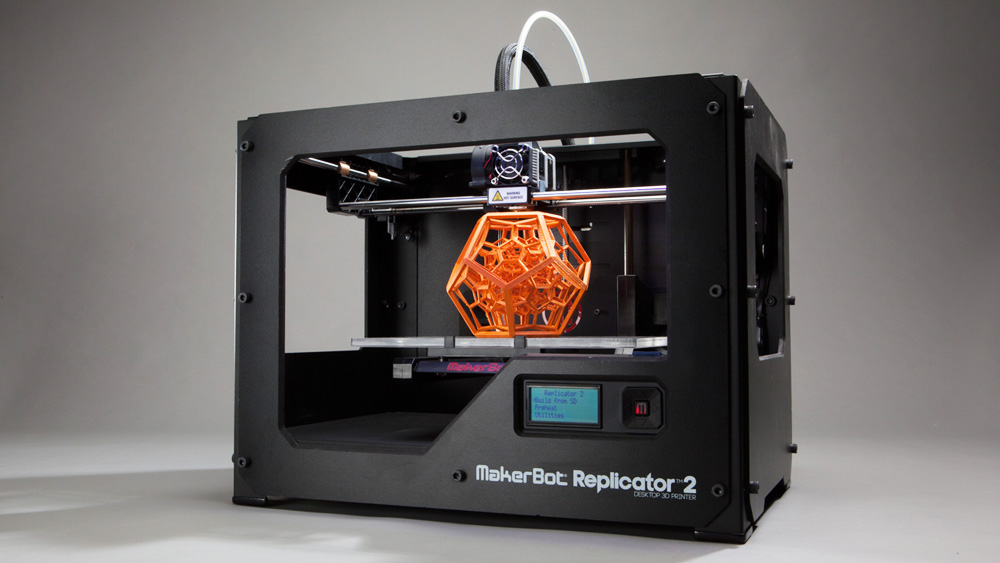3D Printing Expands the World for the Blind

The Hands On Search project uses a Replicator 2 to build objects for blind children. Courtesy of MakerBot.
Latest News
October 4, 2013
Additive manufacturing (AM) is a fantastically flexible tool that has brought new possibilities to life for handicapped people around the world. AM has been used for everything from 3D printed prosthetics to high-tech wheelchairs for Paralympians. The technology also represents a wealth of opportunity for the blind.
3D printing produces objects you can touch, and is capable of building everything from architectural models to reproducing paintings. Hands On Search, from Yahoo Japan, combines the power of AM with humanity’s largest database, the internet, to give blind children at the Special Needs Education School for the Visually Impaired a chance to feel the world around them.
The physical form of the Hands On Search project is a machine that combines a MakerBot Replicator 2, a computer, and a voice activated search engine written specifically for the project by Yahoo Japan. Kids approach the machine, thump a giant button, and speak aloud what they’d like to have printed.
The search engine looks for an existing 3D model and, upon success, the Replicator 2 starts a print. If no 3D model can be found, Yahoo posts ads asking for help. Users browsing the Links for Good area can provide models for printing, or point the way toward pre-existing models.
The project offers blind children the chance to feel objects without regard to scale. It’s one thing to describe a Tyrannosaurus rex to a blind child, and another thing altogether to give that child a chance to feel the shape of the extinct predator. The same goes for other objects way too large for anyone to get their hands around, including skyscrapers, giraffes, or even the Earth itself.
AM can benefit blind parents as well. For many couples, the first sonogram of a baby is a defining moment in parenthood. It’s their first chance to see their child. Blind parents (or blind relatives) miss out on this experience.
A Brazilian company named Tecnologia Humana 3D developed a method of using data collected from sonograms to 3D print the still developing child. Originally the prints were intended for diagnostic purposes, but the American Foundation for the Blind thought of an alternative use for the technology. AM-produced replicas of a sonogram are built for blind parents to give them the same opportunity to experience an early glimpse of their child as that enjoyed by sighted parents.
With AM still really coming into its own, I’d expect these applications of the technology to be the first among many to help people with physical handicaps of every kind. As 3D printers make the transition from industry to the home, more people will be able to take advantage of AM. Projects like Hands On Search will move from schools to living rooms, opening up new worlds of possibility to people around the world.
Below you’ll find a short video about the Hands On Search project.
Sources: Hands On Search, Tecnologia Humana 3D
Subscribe to our FREE magazine, FREE email newsletters or both!
Latest News
About the Author
John NewmanJohn Newman is a Digital Engineering contributor who focuses on 3D printing. Contact him via [email protected] and read his posts on Rapid Ready Technology.
Follow DE






